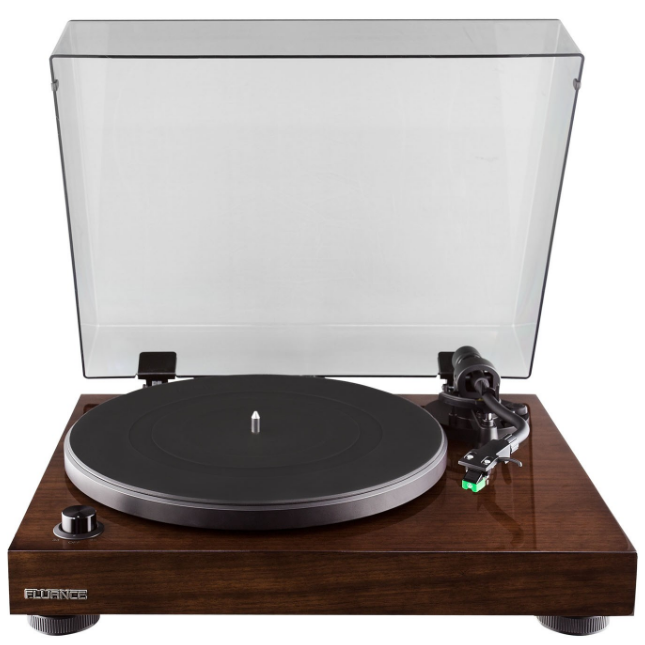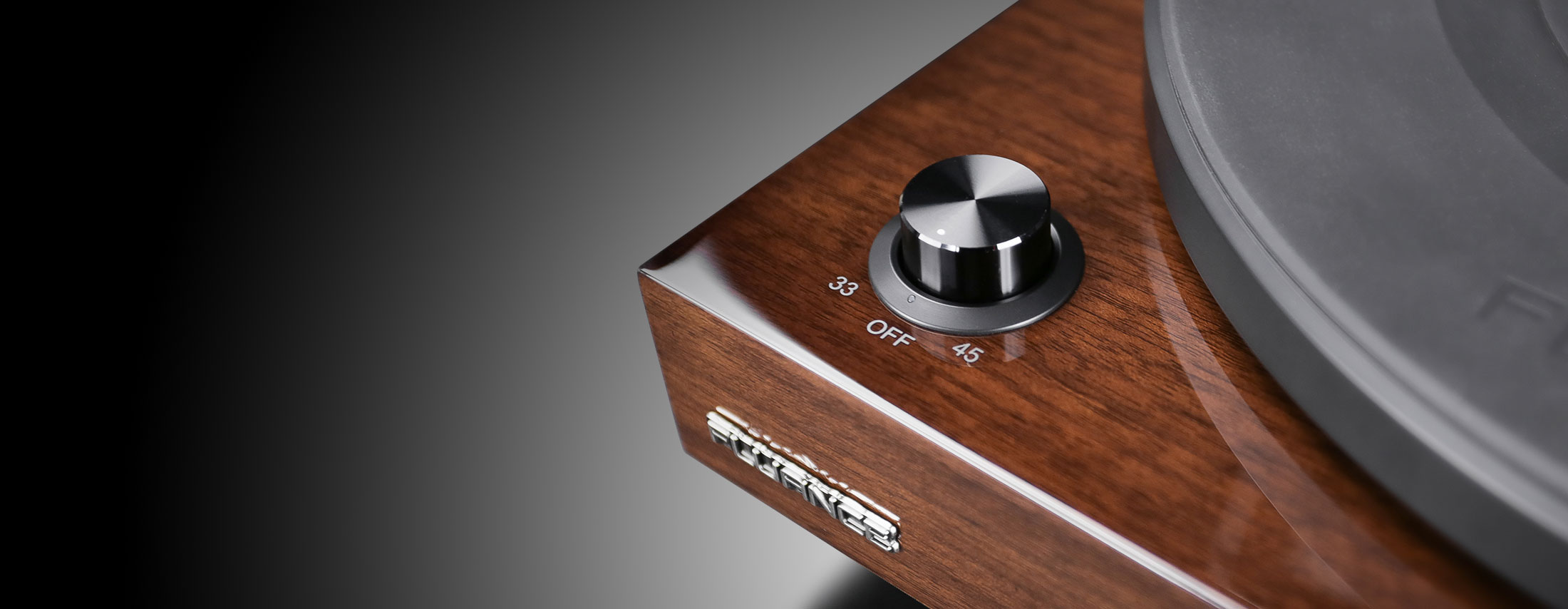Like almost all other music mediums, the vinyl record has undergone some changes over the years in both its format and construction. Currently, 48 record manufacturers exist worldwide. 18 of them are in the U.S. Let’s take a look at the brief history of vinyl manufacturing and trace its evolution from its humble beginnings.
Contents
Vinyl’s Infancy
Early in the 20th century, the record known as the phonograph was derived from polyvinyl chloride (hence the surname, ‘vinyl’). The vinyl was molded into a thin disc. Music was inscribed onto the disc in the form of tiny grooves that spiraled from the outside in. The phonograph was the only medium for recorded music during this period, so its popularity was high. Phonograph players would produce a spin of 60 to 130 rpm with an ideal speed landing at 78 rpm.
Advanced Recording Techniques
One of the most common questions asked about vinyl recording is, “How do they get the music on there?” Most recordings were produced acoustically; meaning, the recording was captured through some type of microphone. Sounds created in a recording studio were delivered through a horn (think reverse megaphone) and then channeled to a large diaphragm that captured the sound frequencies or vibrations. The diaphragm could read the vibrations and interpret both the notes and the instrument making them. The recording was then pressed onto the vinyl and set to play at the appropriate speeds.
The process of pressing a recording to the vinyl record was largely trial and error throughout the first half of the 20th Century. Engineers, musicians, and producers shifted instruments around, changed rooms, and altered other parameters to get the records just right. With limited equipment and rudimentary technology, the recordings were poor quality by today’s standards, but impressive considering the times in which the records were first developed. Another impressive feat was pressing the recordings to capture the recording in real-time. It is a testament to both talents of the performers and the ingenuity of the engineers.
Electric Recording
With the development of smaller diaphragms known as microphones, electric recording took on new life. Microphones captured the recordings live in the room. Tube amplifiers magnified (or “pushed”) the signals. This created a stronger signal that could be captured with more power.
Microphones gave each recording the clarity and fullness that musicians and producers had been looking for all along. Quality recordings attracted musicians by the thousands who were searching in every pocket across the U.S. for a quality recording studio, while record executives were searching in every pocket for the next big musicians.
The ’45 and the ‘LP’
By the 1950’s the 78 rpm standard that most manufacturers used to play recordings at their proper tempo was now being replaced by the 45 rpm record. The term ’45’ was as much a cultural term as it was a scientific industry one. By this time, it was also common to refer to a record as an ‘LP’ (long-playing disc).
Record companies had figured out a way to increase the amount of music that was pressed to a record by simply making the record larger and thinner. The LP was understood to be an entire album of collected recordings. Most 45’s were merely single songs. In either case, the records could now be pressed on both sides. This gave the music enthusiast more listening time, and the recording artists the opportunity to record and distribute larger batches of music.
How are Vinyl Records Pressed Today?
Believe it or not, not much has changed in the production of vinyl records. The main upgrades have been in the equipment used to make them rather than the process itself. The difference in pressing the recording is that it is transferred to the vinyl from a digital source rather than recorded directly to the record.
A pre-made vinyl disc is coated with a lacquer. The lacquer-coated disc is spun on a machine. As it spins, electric signals from the source recording are channeled into a cutting head that places a needle on top of the record’s surface. The needle creates tiny grooves in the lacquer and continues to create the grooves spinning inward toward the center of the disc. The original master is sent to a company to be mass-produced and distributed with artwork intact. Thanks to technological advances, the modern process of pressing and duplication is fast and simple.
If you are interested in getting into this amazing music medium we invite you to check out the RT81 Turntable. It was developed with a passion for vinyl music in mind.

RT81 High Fidelity Vinyl Turntable Record Player
Featuring an Audio Technica AT95E Cartridge and Built-in Preamp, the RT81 Reference turntable offers the definitive vinyl record listening experience with stunning quality that achieves the purest sound reproduction.
Learn More